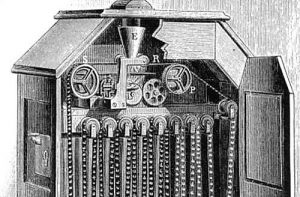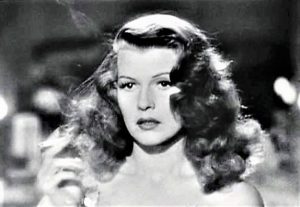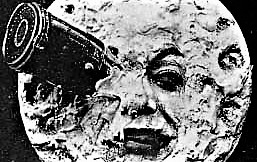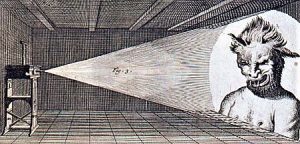Kinetoscope
The kinetoscope was a device that was created prior to the film projector. This projector was invented by Thomas Alva Edison and William Dickson in the late 1880s, starting with Edward Muybridge's version of the zoopraxiscope. This device had the purpose of giving an individual vision of continuous images, but without the possibility of being projected on a screen. The permanently moving film had to pass through an electric lamp and also under a rotating disc which, in turn, was perforated and illuminated for a short time each frame that passed freezing the movement of the film at the same time, thus providing around 40 images per second.
What is the kinetoscope?
Also known as a quinetoscope or cinetoscope, it was the modern precursor to develop today's film projector. Based on rotary cylinders, it allowed to project very short animations due to the limitation of the diameter of the cylinder. Created by Edison and Laurie Dickson. It was too short to transmit images.
What is the kinetoscope for?
The kinetoscope was very popular in its time and was a device created with the aim of providing an individual vision of images bands without end, although, did not allow its projection on a screen. It consisted of a vertical wooden box with a series of reels on which 14 m of film ran in a continuous loop. This film was all the time in a constant rotating movement, the images it generated passed in front of an electric lamp and under a magnifying glass that was placed on top of the box. Between the lamp and the film was also a rotary disc shutter, which was perforated with a narrow slot, illuminating each frame so briefly freezing the film movement, and thus delivering about 40 images per second. The films used at that time were about 19 mm in size, ¾, and were mobilized by an interesting horizontal feeding mechanism. The images they generated were circular in shape and the viewfinder began to work when a moderator was introduced that was in charge of activating the electric motor and gave a visualization of about 20 seconds.
Kinetoscope´s history
In February 1888, Muybridge gave a lecture in which he introduced a device called zoopraxiscopio, which was an original version of the first device used to reproduce continuously moving images. The kinetoscope was invented by Thomas Edison and William K. L. Dickson. The purpose of Edison’s invention was to create an absolute audiovisual system that would allow you to see and hear a work as if you were on the spot. This interesting machine has been considered the first cinema projection machine. In the early 1890s it began to be used in the cinema and quickly became popular at carnival parties and attractions. The Kinetoscope was a device intended for individual viewing of endless bands of images but did not allow their projection on a screen. It was a vertical wooden box with a series of reels on which 14 m. of film ran in a continuous loop.
Kinetoscope´s inventor
The inventor Thomas Edison was the proprietor and lord of a patent, which belonged precisely to a device of filming which he called kinetoscope. Edison built it in 1891, driven by his interest in moving images after meeting photography pioneer Eadweard Muybridge and his work. Later, in France, it is believed that Edison’s meeting with physiologist Etienne-Jules Marey helped steer the work in the right direction. Marey was able to produce a sequential series of still images using rolls of continuous film, calling this technique chronophotography. And this is how the kinetoscope was born. The prototype was presented on May 20, 1891. 18 mm wide films were used, which according to the author David Robinson, “slid horizontally between two coils, at a constant speed.
How to cite this article?
Briceño V., Gabriela. (2019). Kinetoscope. Recovered on 24 February, 2024, de Euston96: https://www.euston96.com/en/kinetoscope/










